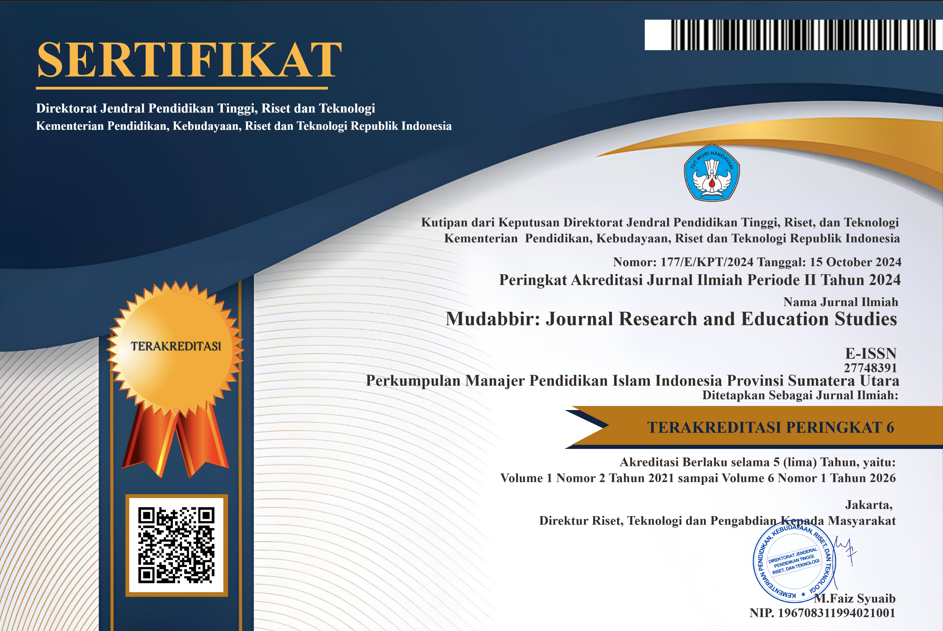Student’s Perspectives on English Conversation
DOI:
https://doi.org/10.56832/mudabbir.v5i1.717Keywords:
Task-based learning, English-speaking skills, digital tools, phonological insights, language educationAbstract
This study explores the integration of task-based learning and technology in improving students' English-speaking skills. A mixed-method approach was employed, involving 120 high school students divided into experimental and control groups. The experimental group participated in task-based learning enhanced by digital tools, while the control group followed traditional instruction. Data collection included pre- and post-tests, surveys, interviews, and observations. The findings revealed that task-based learning fosters active engagement and practical language use, addressing key challenges in fluency and pronunciation. The incorporation of digital tools provided immediate feedback and personalized practice, significantly enhancing speaking abilities. Additionally, phonological insights and cross-cultural learning experiences contributed to improved pronunciation and global communication skills. This study underscores the importance of an integrated approach combining direct teaching methods, technology, and phonological understanding in developing students’ speaking proficiency. These results offer practical implications for curriculum design, emphasizing the need for innovative, student-centered language learning strategies.


















